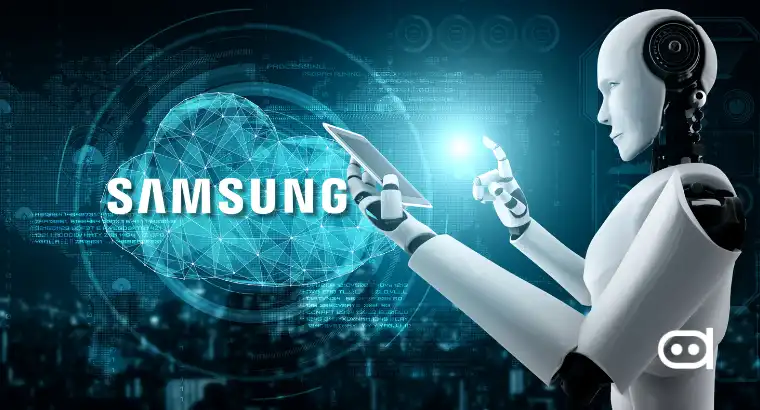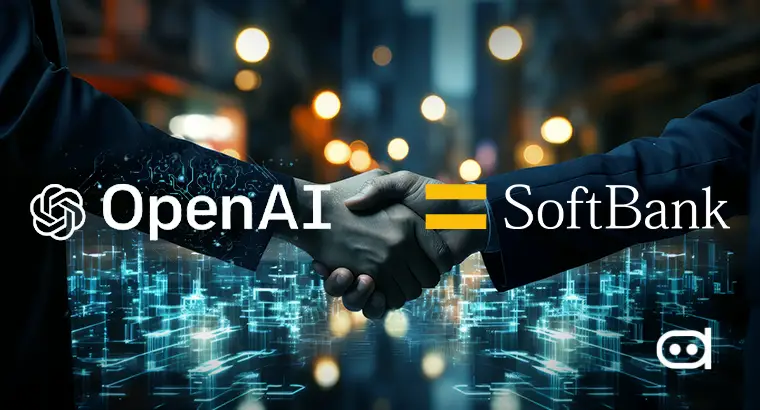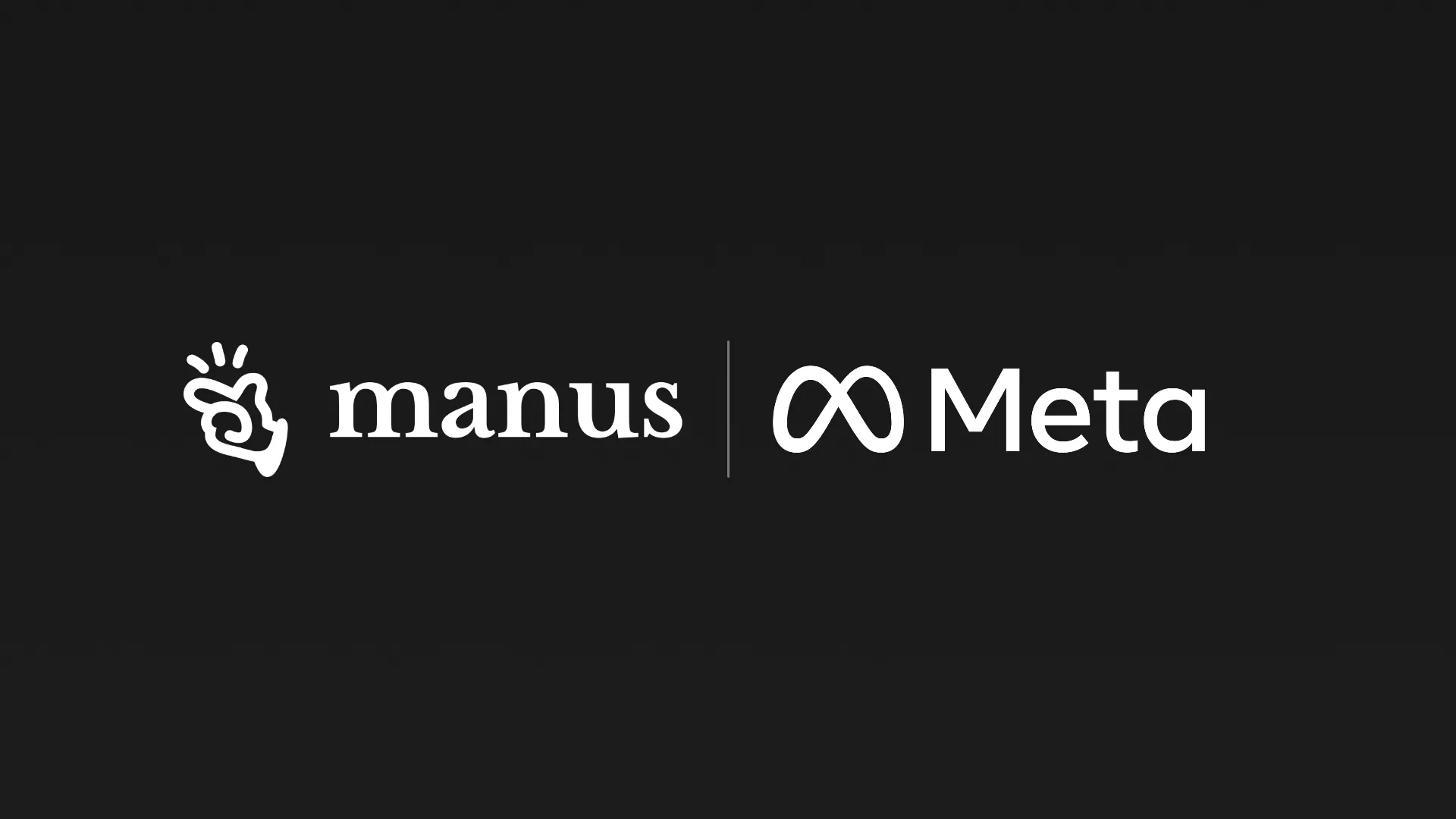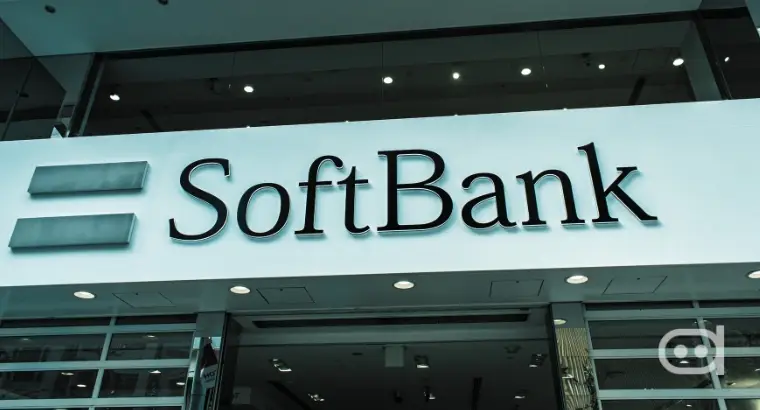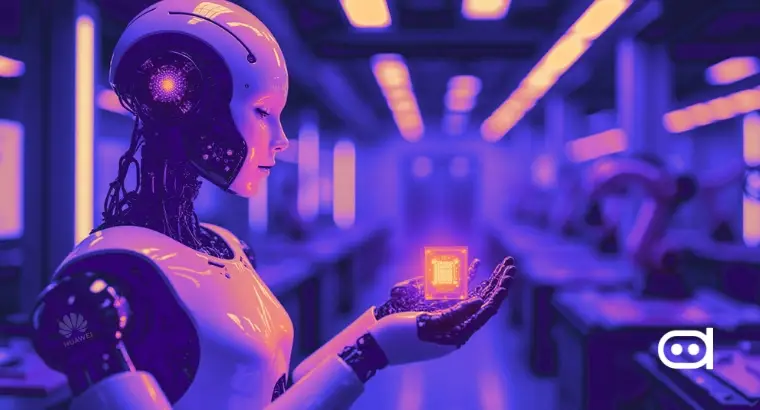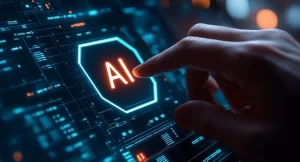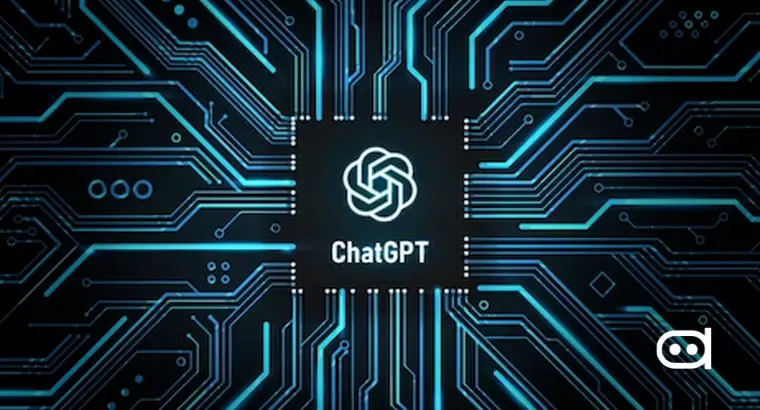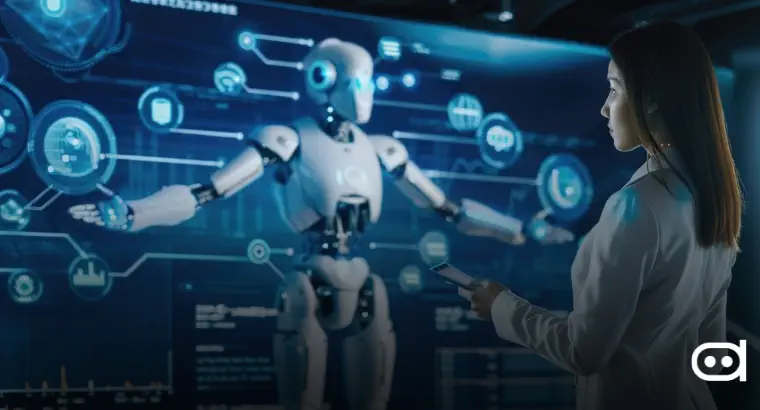
- AI pioneer Richard Sutton argues that efforts to solve the AI control problem may create the opposite of what safety advocates seek. He suggests that decentralized systems of independent agents are preferable to aligning all AI under a single goal.
- In a recent interview, Sutton expressed his concerns about the push for AI safety, emphasizing that a decentralized approach could better handle unforeseen consequences than a unified system with a singular objective.
Richard Sutton, one of the leading figures in the AI area, made provocative remarks during an interview regarding the current direction taken by AI safety workers. According to him, efforts aimed at addressing the so-called AI control problem, which is about making all artificial intelligence systems have a single purpose, might eventually result in the inadvertent creation of dangers that safety proponents seek to avoid. He contends that this model of AI safety implementation could make a fragile and potentially dangerous system such that a failure point at one place can cause wider catastrophes.
Sutton offers another proposal – decentralization. He thinks that independent decentralized systems are more likely to be sustainable or adaptable than having only centralized singular entities for AI. This deviates from the mainstream thinking within AI safety discussions, where alignment and control are often argued as primary mechanisms for averting risks related to artificial intelligence.
His position is grounded on his knowledge of complex systems and how they behave naturally. In many such situations, diversity and autonomy create stability and robustness. On the other hand, closely controlled or single-goal-directed systems can become fragile when faced with unexpected changes or challenges.
Sutton also cautioned against overestimating our capacity for controlling AIs in his interview.
According to him, strict controls of these systems may yield some negative consequences, which might even be worse off than what they were intended to tame. Instead, he prefers a hands-off approach, allowing for the self-development of AIs.
In this sense, Sutton’s ideas have generated controversy among experts within the field. Agreeing with Sutton’s argument, a few specialists consider the possibility of a more secure path further ahead in case decentralized systems entail solutions to AIs’ misaligned goals and behaviors as they did before. Others, however, doubt this viewpoint, arguing that without strong aligning mechanisms, AIs will develop goals and behaviors inconsistent with human values.
ReadMore:Apple’s AI Under Fire for Giving Priority to Phishing Emails
Nonetheless, in spite of such uproar, it is worth noting that Sutton has contributed significantly to the AI safety debate. This serves as a reminder that there is no one-size-fits-all solution to the complex challenges posed by AI. Instead, a diversity of approaches—including both centralized and decentralized strategies—may be necessary to navigate the uncertain future of AI development.
Conclusion
Richard Sutton’s proposals challenge conventional wisdom about AI safety. he presents an alternative approach to complete control pursuit by promoting decentralization systems. He also contributes significantly to this ongoing discussion, believing that diversity and independence in artificial intelligence can produce more robust and safer AIs. According to Sutton’s view, which remains relevant as AI continually evolves, adaptability and flexibility may be as essential as alignment and control for a secure future of AI.
Latest Stories :
Thomas Dohmke on GitHub’s Copilot: The Future of Development
